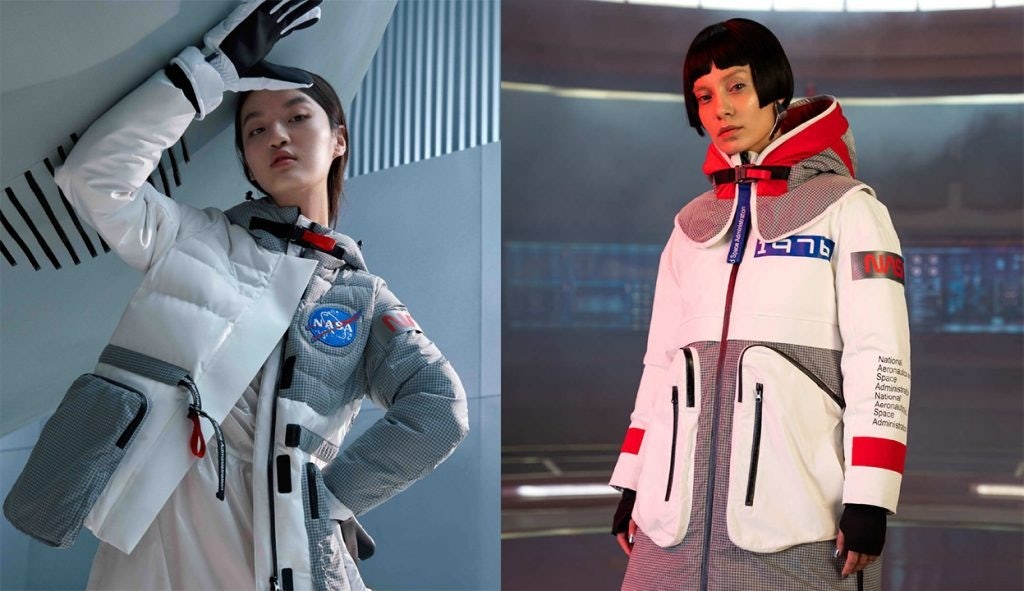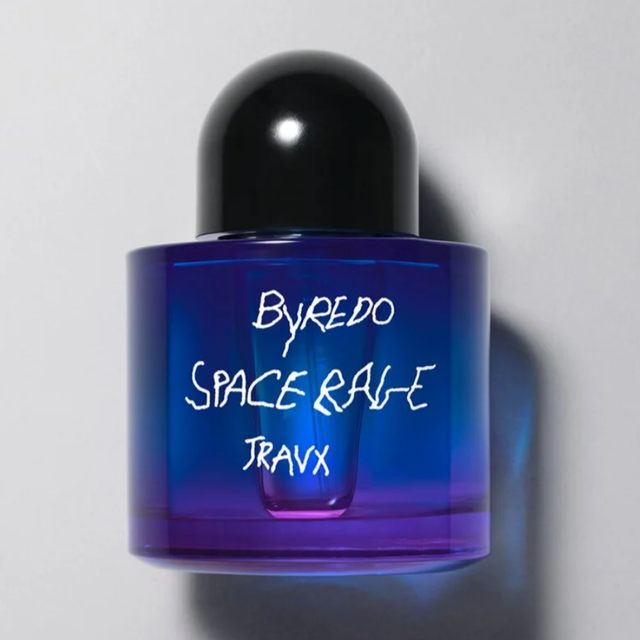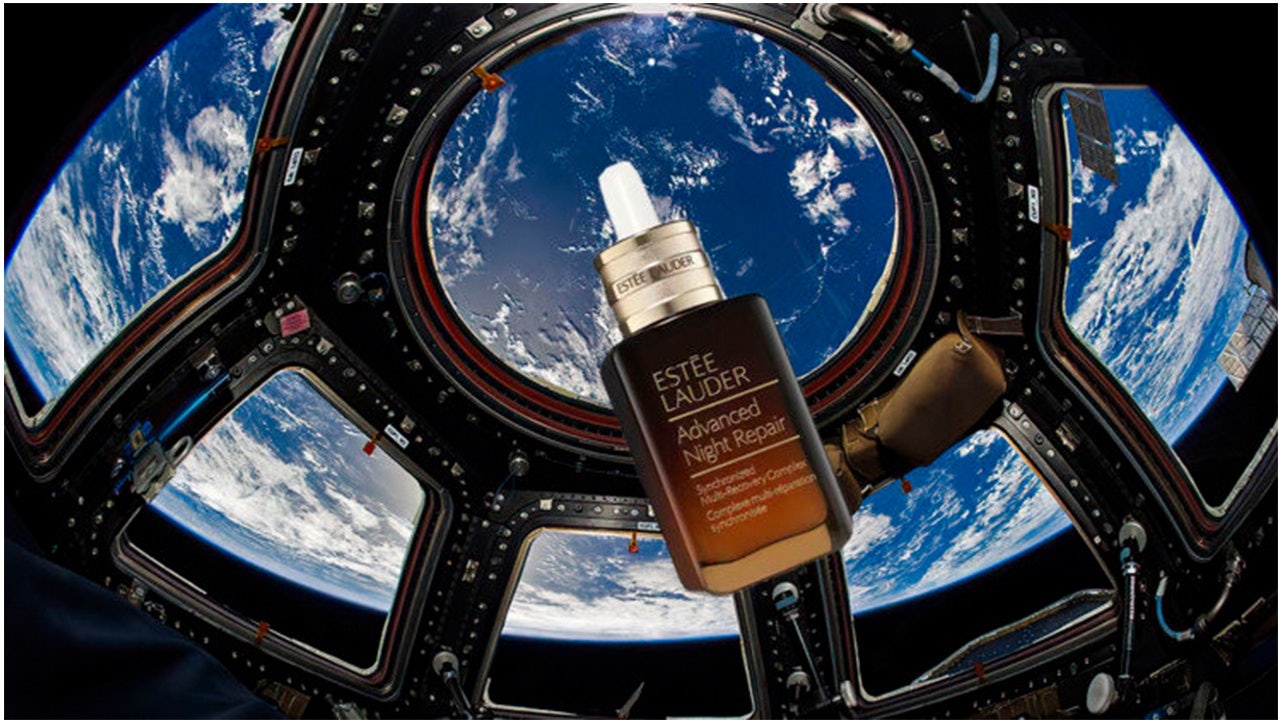This post originally appeared on Content Commerce Insider, our sister publication on branded entertainment.
In 2008, an article in the#
New York Times#
predicted that a “moonvertising” movement would emerge within a decade#
, with brands projecting their logos onto the surface of the moon using lasers capable of covering “about half the land size of Africa.” Now, thirteen years later, we haven’t come close to advertising on the moon, but outer space continues to serve as a source of inspiration for marketers.
With its escapist and futuristic appeal that draws universal fascination, outer space can be an ideal tool for brands to provoke awe through advertising. As far back as 1990, the Tokyo Broadcasting System celebrated its 40th anniversary by sending journalist Toyohiro Akiyama to Russia's space station, at a cost of around 12 million. Other companies have utilized the cosmos to create excitement around their products, from
Pepsi#
sending a replica of its flagship beverage to float outside the Russian space station in 1996 to Israeli dairy firm
Tnuva#
, which filmed an ad on the Mir space station in 1997, the first commercial to be shot in space.
https://www.youtube.com/watch?v=cYc4BPS9wLoamp;ab_channel=danischneor
Fast forward to 2021, 60 years since the first human was sent to outer space, and now just about every brand wants to launch itself into the great beyond. According to a 2017 report by Bank of America Merrill Lynch, the space industry could be valued at 2.7 trillion by 2030.
In 2019, NASA announced that it was opening the International Space Station for business opportunities, ultimately allowing private missions for commercial purposes. American beauty brand
Estée Lauder#
was an early adopter, paying 128,000 last year to have NASA astronauts take pictures of ten bottles of its Advanced Night Repair serum in the heavily-windowed Cupola observatory on the International Space Station.
Although Estée Lauder’s expenditure was a lot smaller than the millions spent on space advertising in the past, working in outer space remains a wildly expensive endeavor — it would run in the tens of millions to organize an independent trip.
Companies are having more and more conversations about public space tourism in orbit, with the well-known start-up
Axiom Space#
selling 55 million tickets for a stay on a
SpaceX#
capsule last year. For now, space remains an ultra-pricey realm, one that the vast majority of consumers can only afford to experience vicariously, for example, by sporting a NASA logo on their clothing.
Bert Ultrich, a multimedia liaison at NASA, told the Los Angeles Times in 2019 that he received more than one request per day to use the organization’s logo, which has become commonplace on the streetwear scene thanks to collaborations with brands such as
Nike#
,
Vans#
, and
Alpha Industries#
.
Chinese outdoor clothing label
Bosideng#
celebrated the 50th anniversary of the first moon landing in 2020 with a NASA collection, offering logoed jackets that took their aesthetic and structural inspiration from spacesuits.

China’s foray into intergalactic collaborations is notable because of the country’s fairly recent plans to dominate space. In 2014, the Chinese government designated civil space development as a key area of innovation, striving to take the place of the United States. It now ranks second to the United States in the number of operational satellites in orbit, and the focus on commercial opportunities is increasing as well, with 78 commercial space companies operating in China, according to the Institute for Defense Analysis.
It’s therefore not surprising that Chinese brands have also been motivated to tap into this new source of national pride. C-beauty brand
Perfect Diary#
collaborated with the China Aerospace Science and Technology Corporation on a moon-themed eyeshadow palette to celebrate the 2020 Mid-Autumn Festival, while sportswear brand
Anta#
hosted a livestream on
Bilibili#
in November 2020 in partnership with Space China that featured a set crafted to look like a space station, where they showed that their down jackets were warm enough to hatch chickens.
There is another, more defined trend emerging of space companies collaborating for marketing purposes, rather than just producing space-inspired products. Boutique fragrance house
Byredo#
’s latest Travis Scott collaboration, “Space Rage,” aims to simulate the smell of outer space — the beauty of it is that nobody really knows what it’s supposed to be.

Brands are ultimately chasing outer space as an infinite source of adventure and mystery. Trend Forecaster Emily Segal wrote in The Guardian that the global uncertainty of the coronavirus pandemic will lead to a boom of escapism over the next decade — and if there was ever an era for space to be the next big thing in marketing, it’s now.


